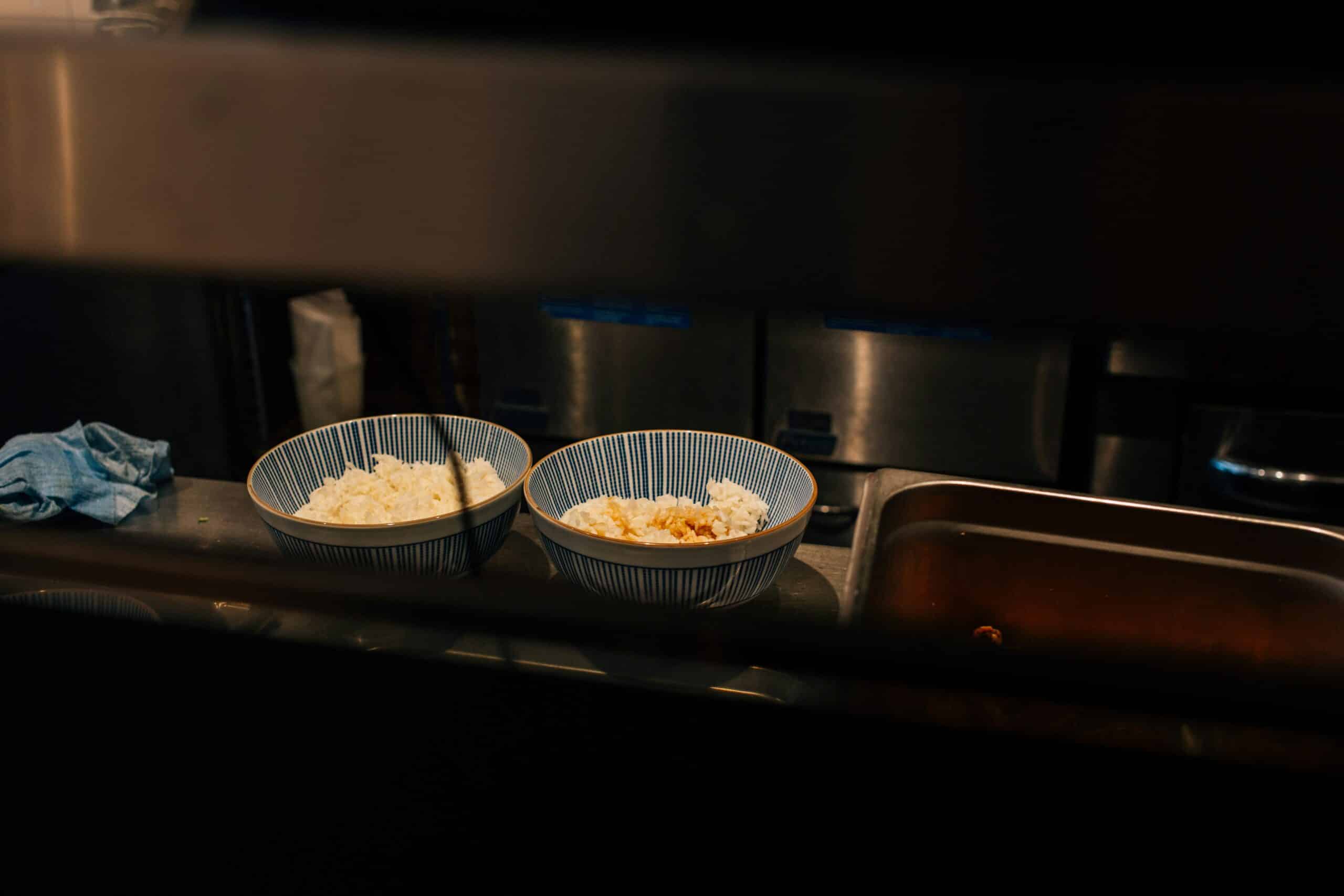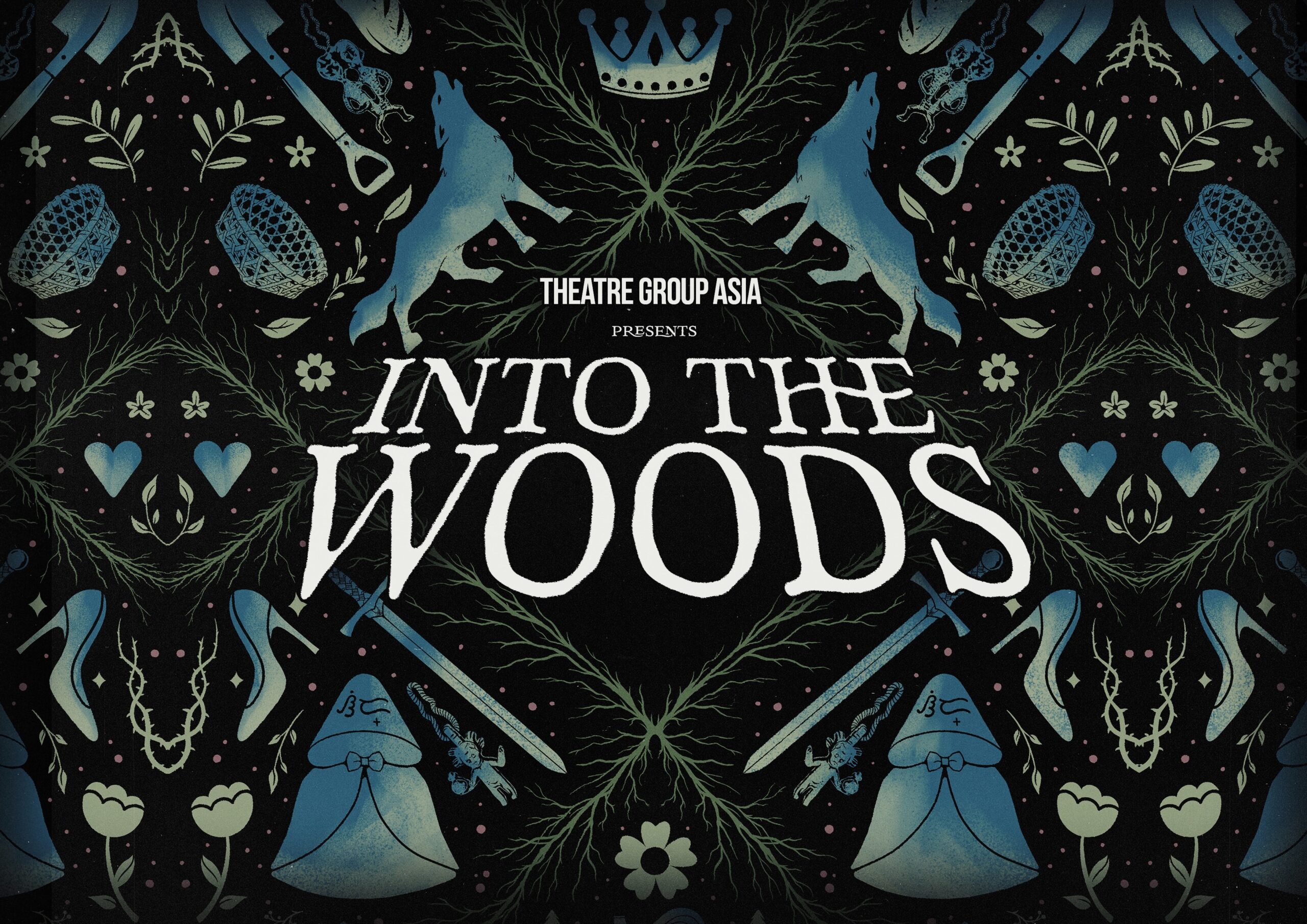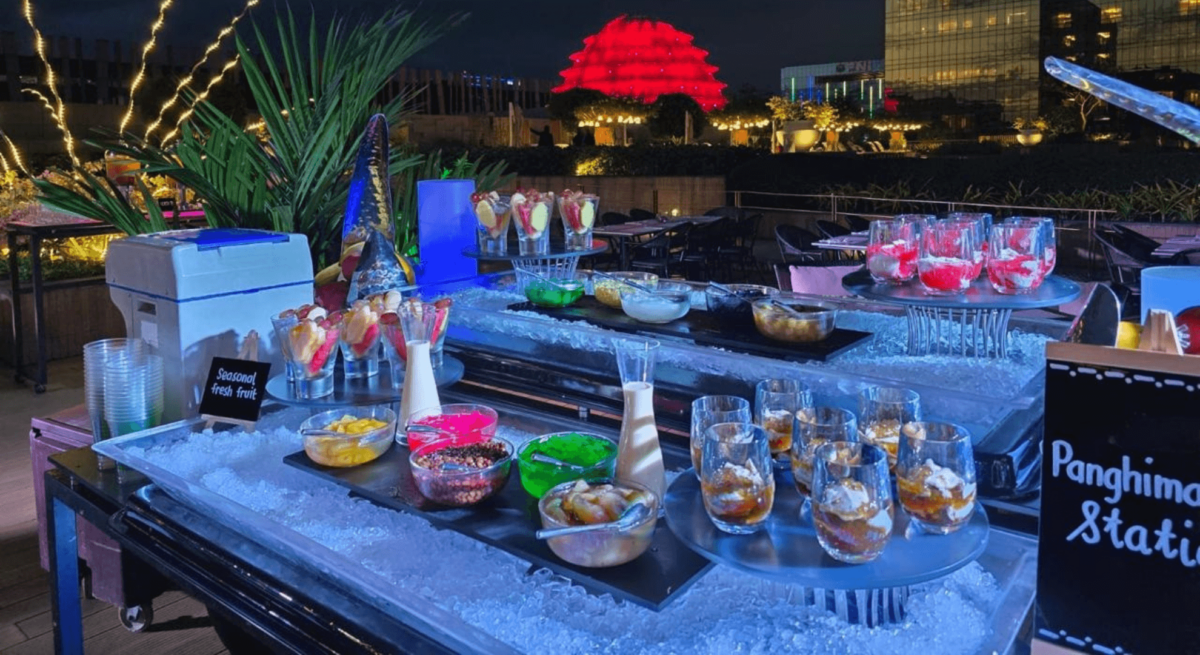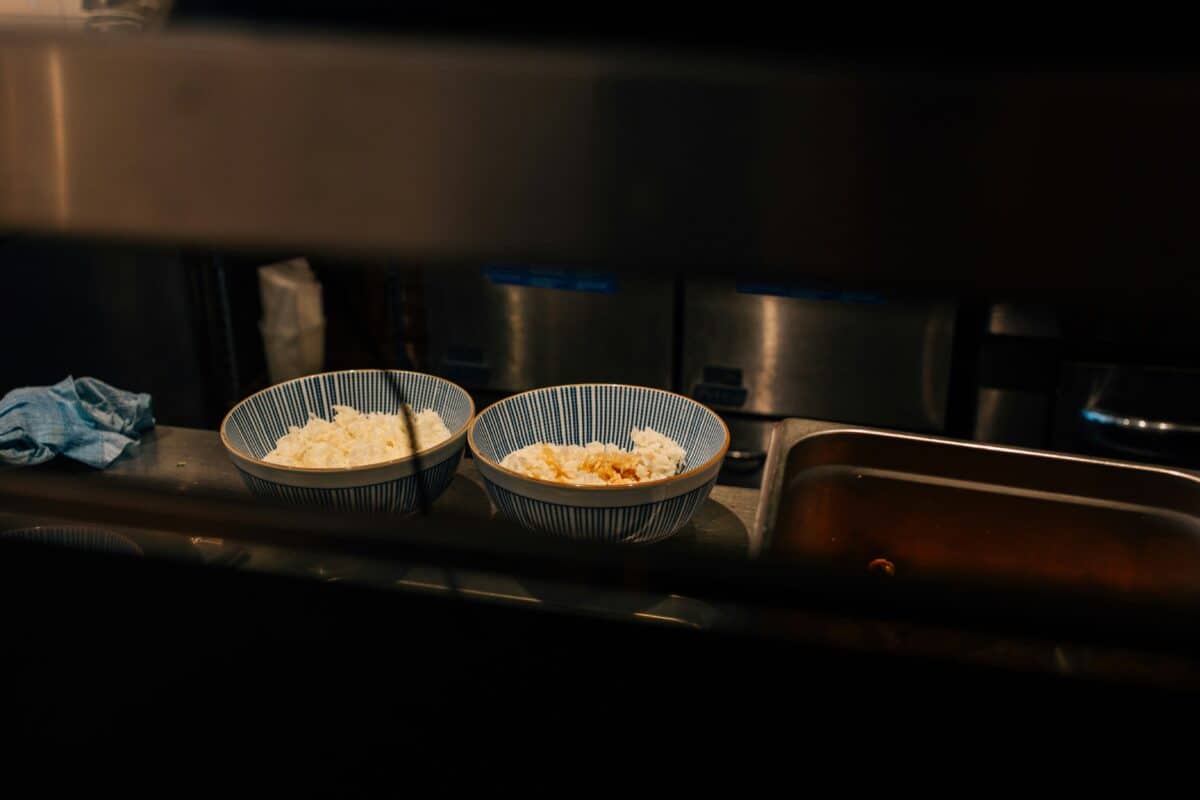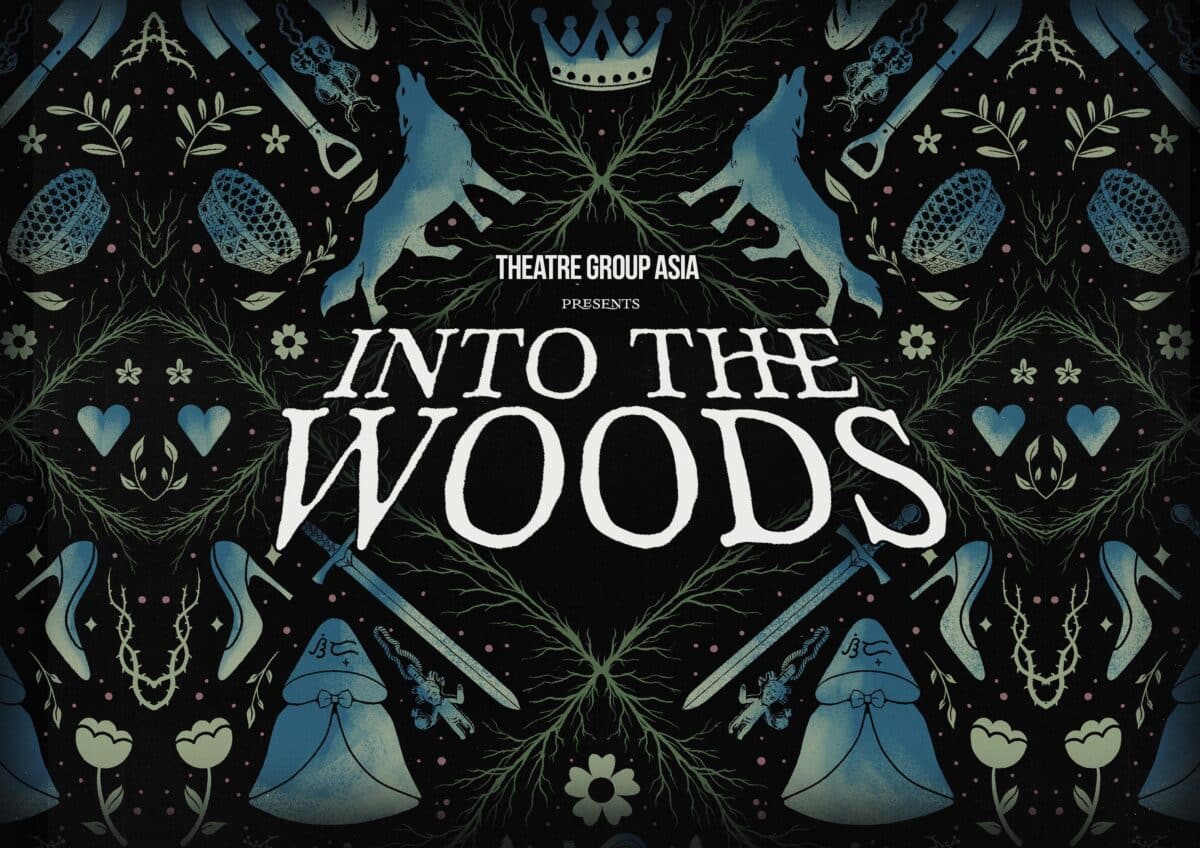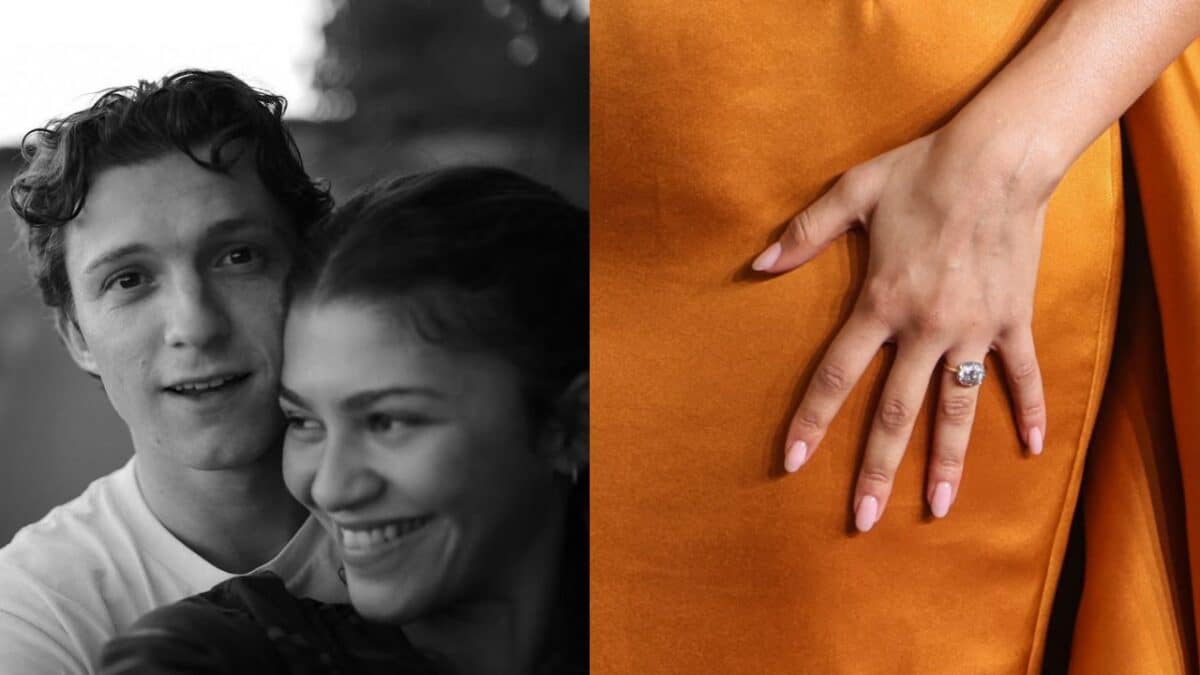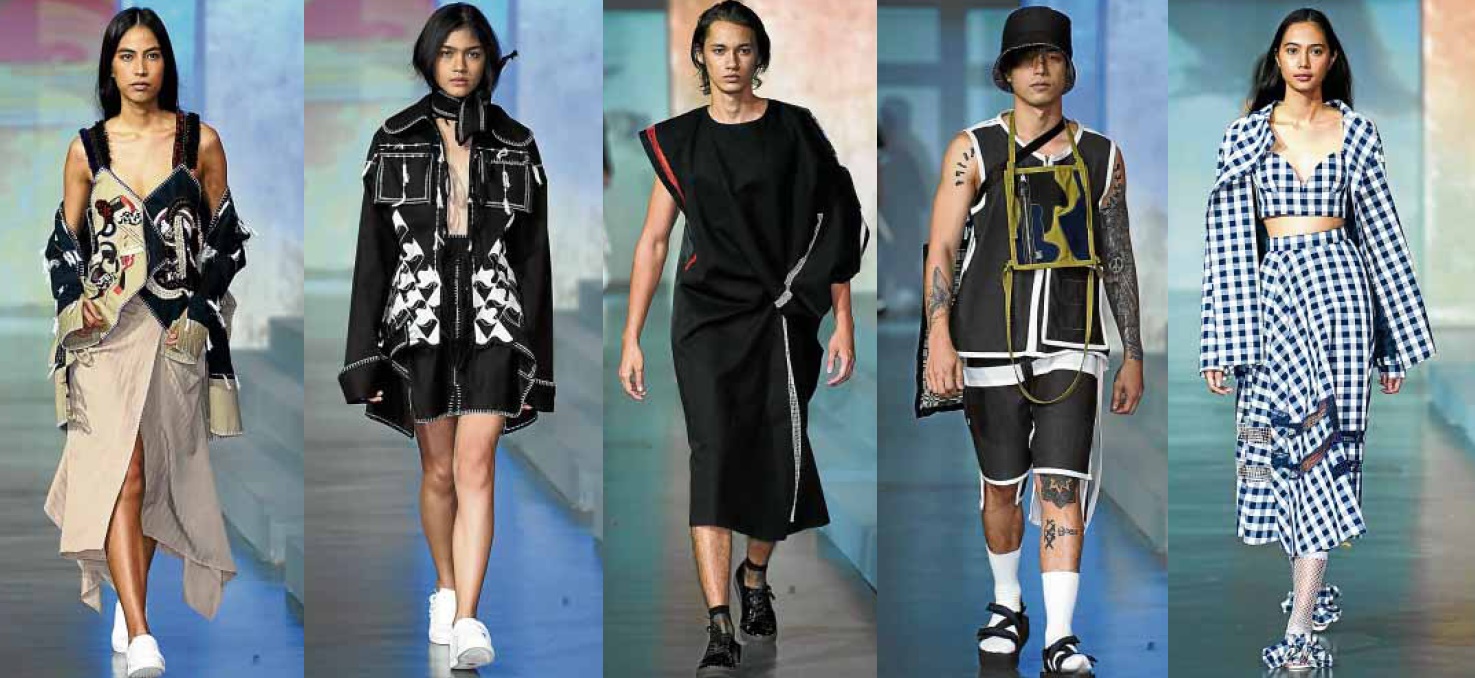
Business mogul Ben Chan has long championed Philippine design even while introducing Filipinos to imported apparel, home brands and dining concepts.
In 2001, Bench published the book, “Pinoy Pop Culture,” because, he said, they believed in “inspiring appreciation for all things Filipino, big or small.”
At Bench Fashion Week Holiday 2018 shows held last week, Bench again trained the spotlight on Filipino design with shows featuring the creations of Ivarluski Aseron and Dennis Lustico.
Bench also tapped the designing duo behind the Proudrace label to do a collection for Human.
On the last day of the shows, the 10 finalists for the Bench Design Awards showed their collections to a standing-room-only audience at the Bench Tower in Bonifacio Global City. Three winners were chosen, and will have the opportunity to show their collections at Tokyo Amazon Fashion Week—only the second group from the Philippines with support from Bench to do so.

Aseron’s tailored pieces
Aseron displayed his distinct design aesthetic with a collection that highlighted his command of tailoring and proportion. Standout pieces included tops with woven, banig-like fronts, long pleated skirts and roomy jackets. He also combined textured fabrics (shiny with matte, sheer and opaque) but always sticking to a muted palette of gray, black and white.
Details like topstitching and contrast piping were also evident in his collection. Aseron has long been experimenting with these design details.
In 2004, he joined the group show “Loving the Loom,” where participants worked with 10 m each of silk produced and woven in Mindanao. He designed a color-blocked dress with tiny, calculated tears in shades of light blue, with bands of black ribbon serving as piping.
For the 10th anniversary of the Fashion and Design Council of the Philippines (FDCP) in 2005, Aseron’s kite-inspired set was one of the most original. Using only multiple pieces of color-blocked fabric in black, beige and lime, he was able to convey flight with dresses that fluttered at the slightest movement.
His collection for Bench Fashion Week showed how he has evolved as a designer.
“In the years I have known Ivar, his aesthetic hasn’t really changed—his look is sleek, sculpted and architectural though how he interprets this varies with each collection I have seen,” Lifestyle columnist and jewelry designer Mel Cuevas said.
“I liked the clean lines and architectural pieces with unexpected details such as trompe l’oeil techniques on jackets and coats, and also the handwoven pieces using his tag—a kind of subtle play on today’s logomania trends.”
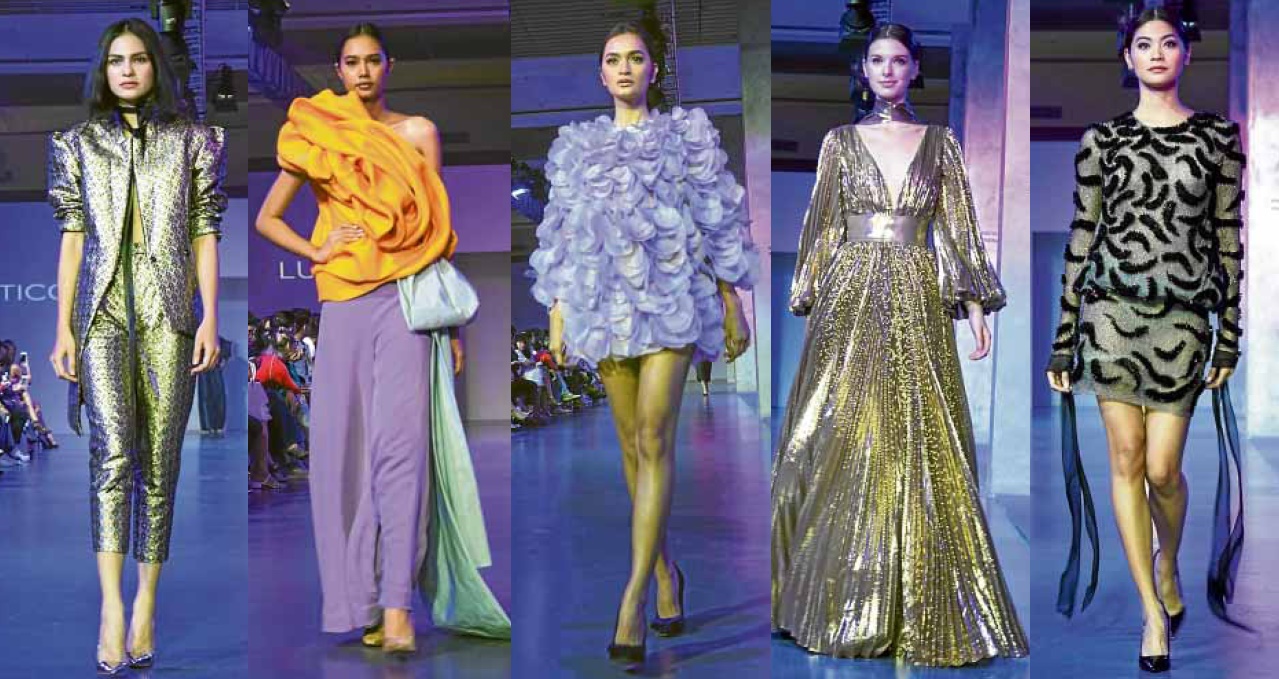
Glamorous Lustico
The following day, Aseron’s contemporary Dennis Lustico presented a collection inspired by Madame D., the character portrayed by actress Tilda Swinton in the 2014 movie “The Grand Budapest Hotel.” The glamorous and eclectic collection consisted of showstoppers; short, mid-length and long dresses in a range of opulent fabrics were a feast for the eyes.
There was a jacket with pointy, exaggerated shoulders, and a pantsuit with a peplum made of black feathers, among others. Lustico is known for indulging in flights of fancy, memorably making his debut as a designer in the late 1990s at Inno Sotto and Richard Tann’s Fashion Watch series. His cocktail dresses made of hand-cut capiz shells were eye-catching, if a bit unwieldy. It was hard to imagine women actually wearing them, because as soon as they sat down, the capiz on their dresses would shatter.
“They were cocktail dresses and what do people do at cocktail parties? They stand around and mingle,” Lustico said at the time.
For his 2009 gala, “Lustico: A Fashion Presentation,” he presented a 40-piece collection that ranged from menswear-inspired pieces to crayon-bright ball gowns. Lustico then eschewed a “line design” or a collection with one or two unifying elements, saying he was apprehensive his audience might “quickly grow bored if I showed dresses that were practically the same.”
For his Bench Fashion Week collection, he once again chose to indulge his creative side, imagining what kind of outfits the flamboyant Madame D would have worn.
Bench Design Awards
For the second year of the Bench Design Awards, 10 finalists vied for the chance to be one of three winners who would show their collections at Tokyo Amazon Fashion Week.
There was a preponderance of oversized pockets, fabric ties and loose tapes dangling from many of the finalists’ designs. While some opted to take the utilitarian route with varsity-style jackets, serviceable pockets and travel pouches, others chose a cartoon-like aesthetic, creating outfits and crowns inspired by Antoine de Saint-Exupery’s “The Little Prince” or colorful marine monsters.
In the end, the judges picked menswear designer Sherwin “Otto” Sacramento of Ottomondi, Christian Edward Dalogaog, creative director of CHED Studio, and Renz Reyes to represent the Philippines in Japan.
Sacramento’s “Hajime” collection was one of the most utilitarian of the group and was inspired by “warrior uniforms of Eastern Asia.” He stitched panels together and juxtaposed these with graphic geometric prints that served a double purpose: as detachable pockets or as modified waist bags.
Dalogaog was a favorite for his artfully draped pieces and stylized Filipiniana prints. The womenswear designer who has worked for Fredericks of Hollywood and Natori wanted to highlight a woman’s shape through “the power of the skirt.” His hand-drawn prints were inspired by drawing books on Filipino culture from the 19th century and digitally printed on heavy satin before being gathered, folded and darted.
Reyes used a repeating, chevron-like pattern that appeared on robes and dressing gowns. Bows and topstitching lent drama to the collection inspired by vintage Italian horror films. He said he was drawn to director Dario Argento’s “surreal use of color” in the 1977 movie “Suspiria” when he created his winning collection.

